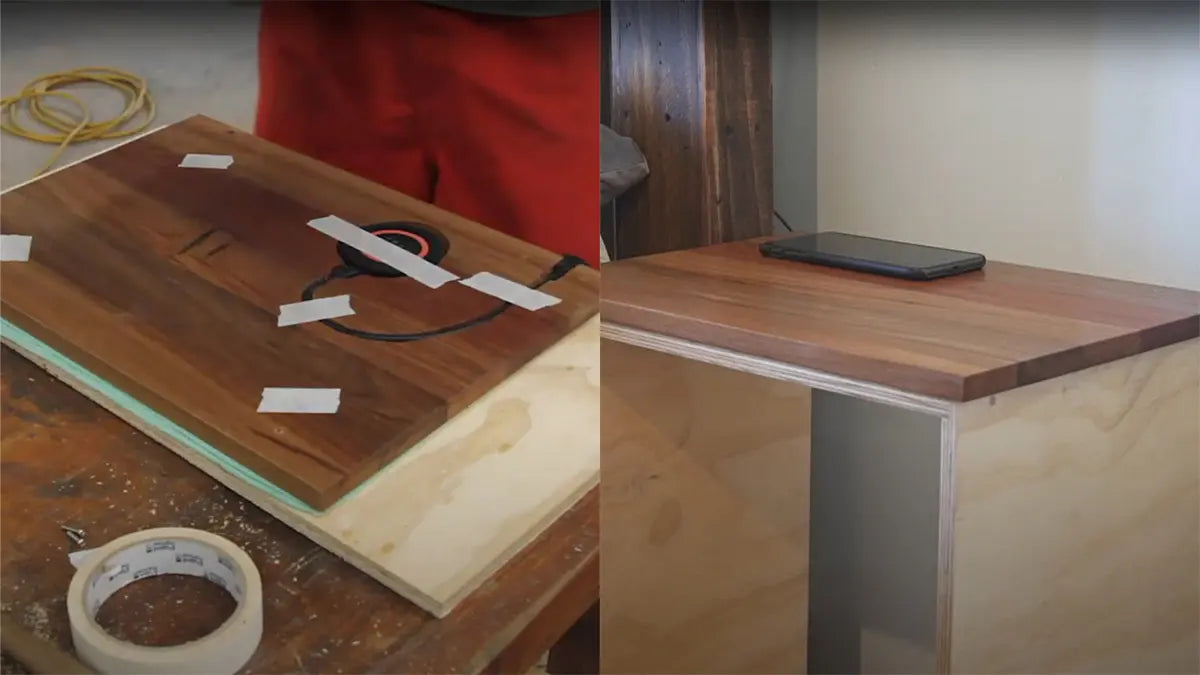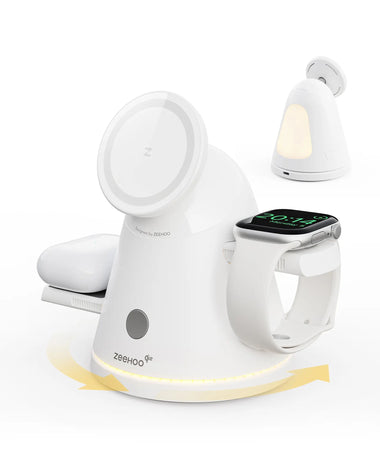
Author: Michael Faraday | Technical Director at ZEEHOO, with deep expertise and extensive experience in wireless charging technology.
Table of contents
How Does Wireless Charging Work?
Why Do Qi Wireless Chargers Generate Heat?
Why Is Qi Wireless Charging Slow?
What Is the Qi Standard?
How Does Wireless Charging Work?
- Magnetic effect of electric current: When electric current flows through a wire, it creates a magnetic field around it.
- Electromagnetic induction: When a conductor moves through a changing magnetic field—or when the magnetic field itself changes around a stationary conductor—it generates an electromotive force (EMF), which can drive current.

Why Do Qi Wireless Chargers Generate Heat?
Why Is Qi Wireless Charging Slow?
Can You Build Your Own Qi Charger?

But if it's possible to build your own, why buy one?
- Because DIY wireless chargers typically offer very low power output, around 5W. In contrast, commercially available chargers from professional manufacturers are optimized for higher efficiency and performance. Modern chargers support the latest Qi 2 standard and can deliver up to 15W of power.
- Many branded chargers also feature temperature monitoring and cooling mechanisms to keep the device from overheating during operation.
- Another key factor in wireless charging efficiency is coil alignment—the alignment between the charger and device coils. Many modern chargers now incorporate magnetic alignment technology (like MagSafe), which helps ensure proper positioning and reduces energy loss.
- There are also multi-device wireless chargers on the market, capable of powering a phone, earbuds, and a smartwatch simultaneously. These are a great choice for users who need to charge multiple devices simultaneously.
FAQ
Is Qi wireless charging the same as MagSafe?
No, they are not exactly the same. Qi is a universal wireless charging standard developed by the Wireless Power Consortium (WPC). MagSafe, introduced by Apple starting with the iPhone 12, is based on Qi but adds a magnetic alignment system to help the phone snap into the optimal charging position automatically. All MagSafe chargers use Qi technology, but not all Qi chargers are MagSafe-compatible.
Are iPhones compatible with Qi wireless charging?
Yes, all iPhones since the iPhone 8 support Qi wireless charging. iPhone 12 and later models also support MagSafe, which is built on the Qi standard. Simply place the phone on a Qi-certified charger to start charging.
Does Qi wireless charging work with a phone case?
Yes, Qi wireless charging works with most cases that are not too thick (generally less than 5mm) and do not contain metal or magnets that interfere with the coils. Thin silicone or plastic cases usually work fine. MagSafe or magnetic cases should be Qi-certified for optimal performance.
How can I tell if my phone is Qi-enabled?
Check your phone’s specifications or user manual—most brands like Apple, Samsung, Google, and LG clearly list Qi compatibility. You can also search online for your phone model + “Qi wireless charging.” If your phone doesn’t support Qi natively, a Qi-compatible receiver or magnetic case can add this feature.
Is Qi wireless charging different from Qi2?
Yes. Qi2 is an updated version of the Qi standard that supports faster charging speeds (up to 15W) and improved interoperability across devices. Qi2 chargers may also incorporate magnetic alignment technology for better efficiency.






